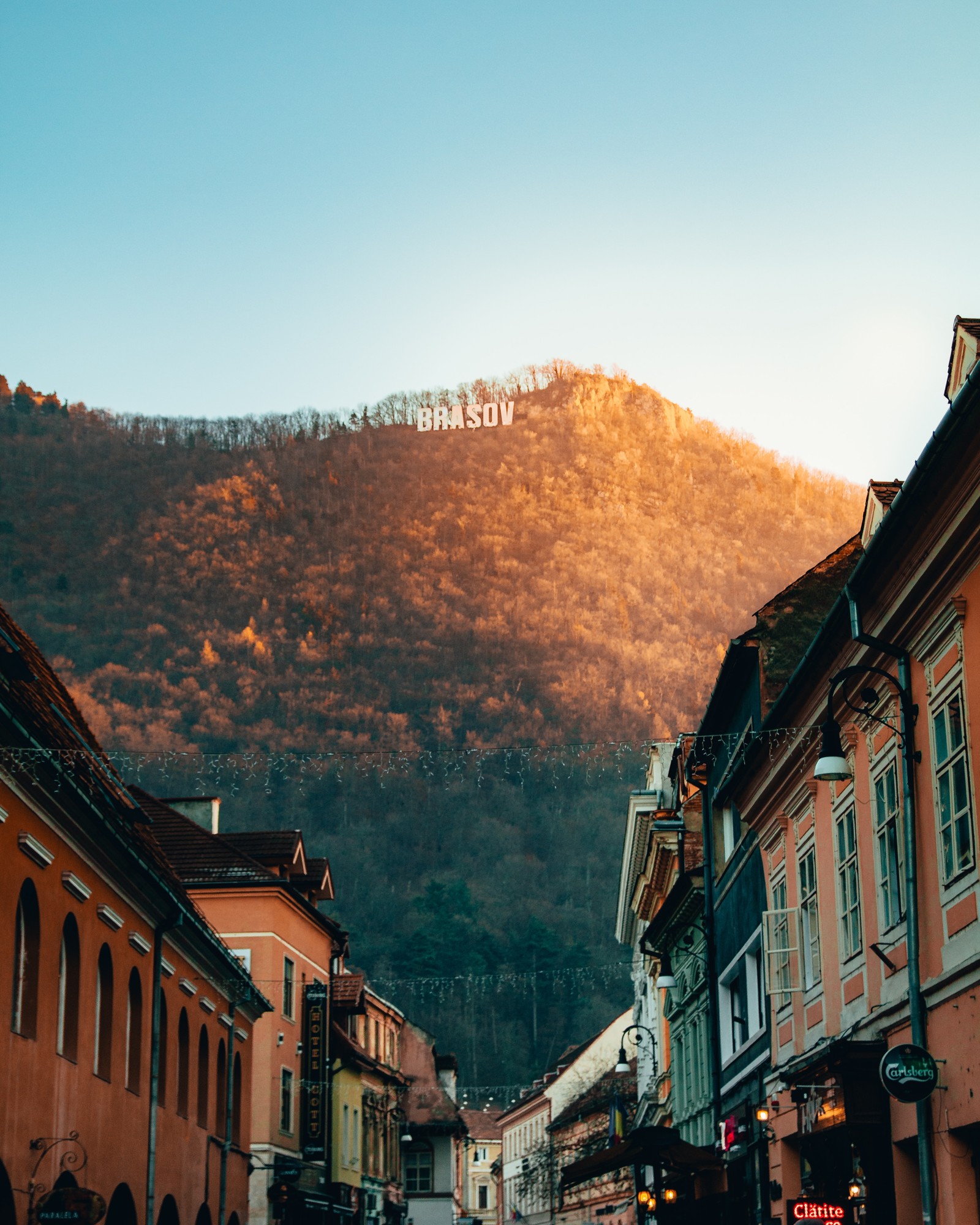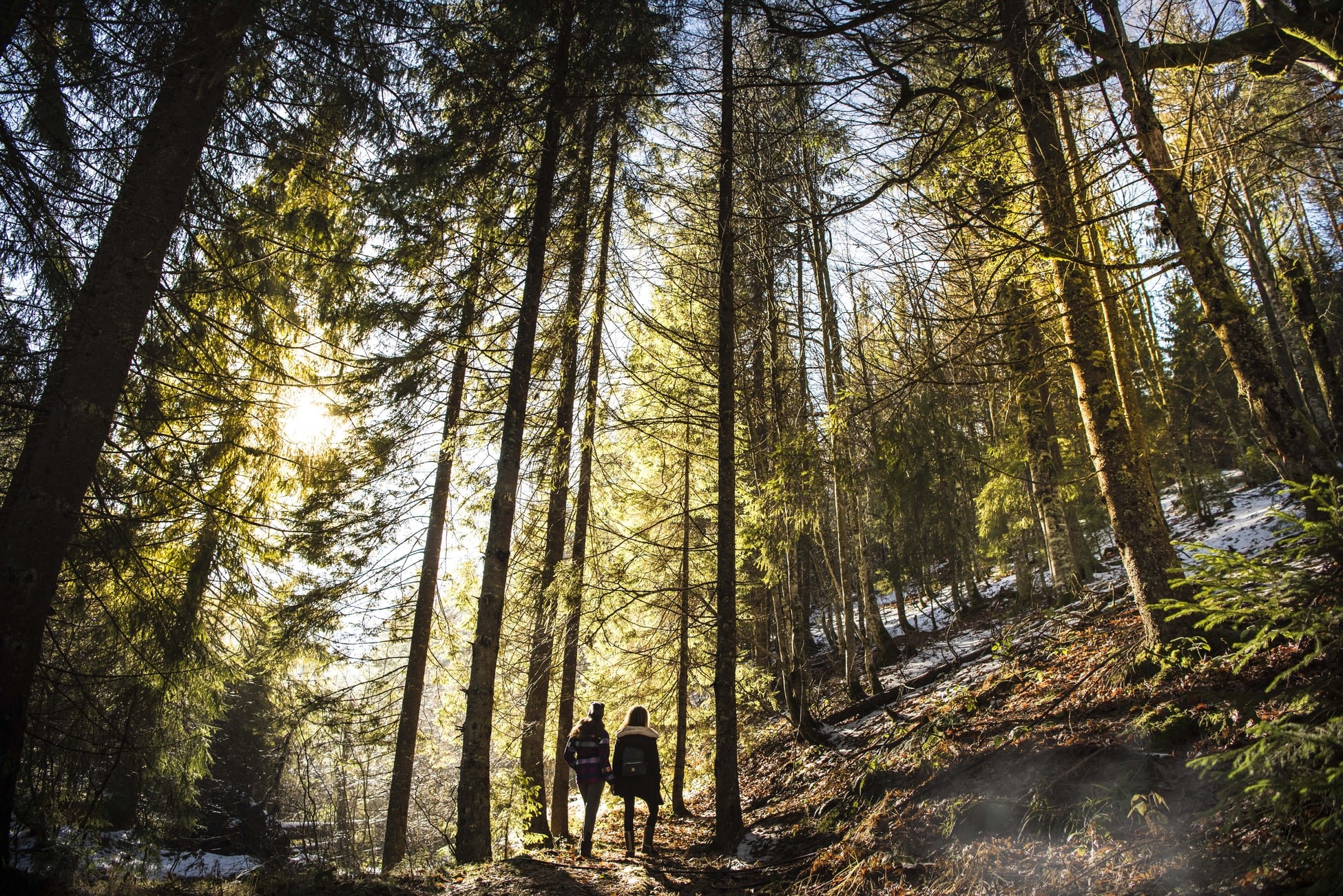For decades Romania was considered a good-value place for a skiing holiday, with cheap prices offsetting a somewhat limited amount of slopes and an unreliable snow record. These days, alas, it could be argued that the opposite is true.
The country’s two biggest resorts - Poiana Brasov and Sinaia - have both spent big money over the past couple of years investing in new lifts and slopes, but the cost of lift-passes and - especially - accommodation mean that neither can still be considered budget-destinations. Poiana Brasov especially has become a highly exclusive resort in recent years.
Sinaia
First things first: when the weather is good, there is snow in abundance and there are no queues for the lifts, skiing in Sinaia is excellent, and the best in Romania by a long way. Unfortunately, the last time Sinaia enjoyed such blissful conditions was around 1963. (We only half jest). Most of Sinaia’s skiing is done at altitude, making it the most snow-sure of the Prahova Valley resorts. Even when the other resorts lack snow, there can often still be plenty of the white stuff up on Sinaia’s highest slopes.
Sinaia’s skiing is reached either by an old, two-stage cable car, or a newer gondola. The cable car station is behind the Montana hotel, while the gondola lift departs a little further up (it is a bit of a trek if you are walking, especially with skis). The cable car tips out at 1400 metres, where there is a hotel and a couple of bars and ski-rental shacks. From there, you can take the second stage of the cable car up to 2000 metres, or a four man chair-lift. Far quicker is the gondola, which continues through the mid-station up to 2000 metres.
Once up at the top, there are two large, relatively easy and wide open ski areas: Valea Dorului and Valea Soarelui. There are also a number of routes back down to Cota 1400: these are some of the toughest slopes in the country. If there is enough snow, there is a route down to the resort from Cota 1400, although it does involve a fair bit of poling in certain places.
The biggest problem at Sinaia remains the fact that two different companies operate the cable cars, gondolas and chairlifts, and there is therefore no lift pass covering the whole resort.
However, you can now more or less ski every slope in the resort by making use of just the gondolas and the Valea Soarelui chairlift, which are operated by Sinaia Town Council A daily lift pass costs 145 lei for adults, 100 lei for kids. If you use the cable cars or Valea Dorului chairlift you will need seperate tickets. There is a good website dedicated to skiing in Sinaia (with daily updates regarding snow conditions): sinaiago.ro.
You simply can’t visit Sinaia without seeing Castle Peles. Perched upon a rolling hill and set against the stark beauty of the Carpathian mountains, this magnificent castle appears to be extracted directly from a Grimm Brothers’ fairy tale. The first king of Romania, Carol I, visited Sinaia in 1866 to stay at the monastery, and fell in love with the place. Seven years later he bought the grounds and had Wilhelm Doderer, a German architect, build the palace in 1873 as a retreat from the summer heat in Bucharest. After the work was done in 1883, Carol immediately ordered an expansion to be built, finished in 1914. Visitors can view a large collection of European arms from the past five centuries and explore exotic rooms, decorated by artists from all over Europe. Some rooms are meant to be replicas of Turkish and Moorish castle halls, others are ‘simply’ decorated in German Neo-Renaissance style. Tour guides are quick to point out that Peles was the first castle in Europe to have both electricity and central heating.
Just up the road is Pelisor Castle (Little Peles), built between 1899 – 1902 and inhabited by Ferdinand, King Carol’s cousin, and his wife Marie. Marie had her own idea about how to decorate castles, and set to design Pelisor’s interior in a simple Art Deco style. Especially impressive is the Golden Room, where gold leaves cover the walls and ceiling.
Both Peles and Pelisor are open Wednesday 11:00-16:15, and Thursday-Sunday 09:15-16:15. Entrance costs 30 lei for adults, 7.50 lei for children. A guided tour costs 60 lei for adults, 15 lei for children. To visit Pelisor costs an extra 20 lei for adults, 5 lei for children. Note that the last tour of Peles begins at 15:15. After that you will only be admitted to the ground floor.
The main attraction of Sinaia’s raison d’etre, the 17th century monastery (named after the biblical Mount Sinai) is the old church inside the monastery walls, built between 1690 – 1695. The frescoes in the portal depicting Judgement Day are stunning. On the left, happy believers wait in line to enter paradise, while to the right little devils drag sinners into a river of fire leading to the mouth of a dragon. In the far corner of the monastery, you can enter the Paraclis, a chapel once used by monks for daily services. The frescoes here are more than 300 years old, and the sign on the iconostasis kindly requests visitors not to scratch their names into the valuable walls – as you will see, some people just couldn’t resist the temptation. Next to the old part of the monastery is the bigger new church, built by monks under the supervision of Abbot Iosaf from 1842-1846. It is a perfect example of Romanian religious architecture which blends certain stylistic elements from Moldavia and Wallachia. This amazing house of worship displays ornately carved oak objects and beautiful Neo-Byzantine gold leaf murals.
A small museum and a shop which sells religious icons and literature are also open to the public, although during winter they keep irregular hours. Best to come between 10:00-15:00 and hope for the best.




